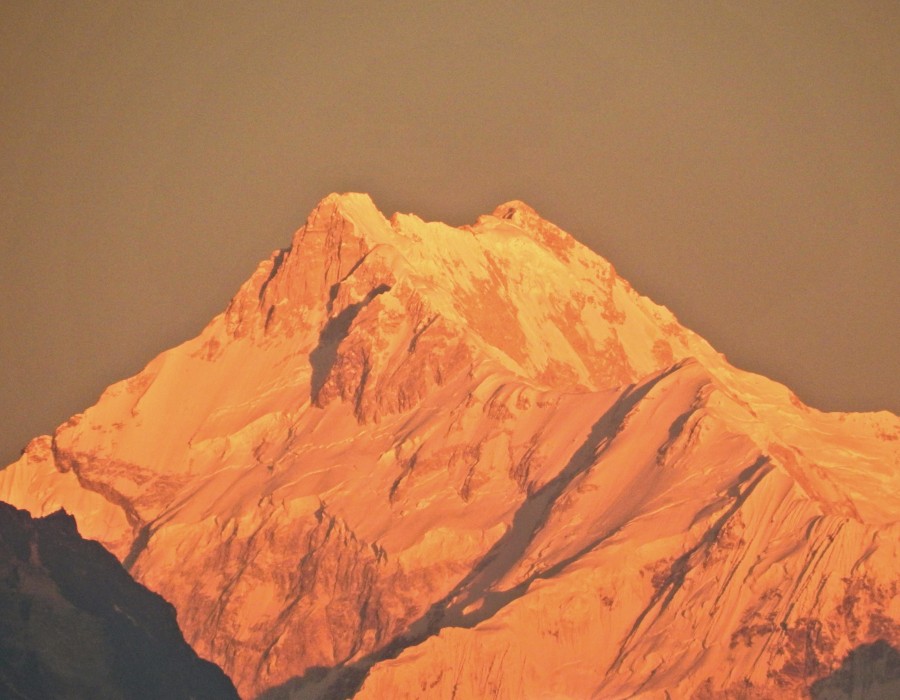The raw trails of the Kanchenjunga region are beautiful but unforgiving. Without a guide, every step becomes a new challenge you never planned for.
Taking on the Kanchenjunga Circuit Trek solo was something I thought I could handle. I had done treks before. I was fit. I was excited. But very quickly, this trek made me realize how different it was from other trails in Nepal.
The Kanchenjunga region is remote. It is far from big towns. The trails are wild and quiet. You do not see many people, and the infrastructure is very basic. Once you are inside the circuit, you are on your own unless you have someone local who knows the terrain well. I did not.
Trails Disappear Without Warning
In the first few days, the path looked clear. But that changed fast. In places like Ghunsa and Lhonak, the trails would vanish under loose rocks or snow. I would walk for hours, then stop and realize I was off-track. There were no signs, no painted rocks, no one to ask.
A guide would have known the way. Without one, I was stuck checking GPS and second-guessing every turn. That wasted time and drained my energy.
The Language Barrier Is Real
I had basic Nepali skills, but the Kanchenjunga region is different. Most people there speak the local Limbu or Rai dialects. Trying to get directions or arrange a room felt nearly impossible. In some villages, people were friendly but confused. A guide would have acted as a bridge. I felt like an outsider in every tea house.
I struggled to even ask for food or find out how far the next village was. That kind of isolation gets tough after days in the mountains.
Teahouses Are Rare and Often Shut
Unlike Annapurna or Everest trails, this circuit does not have regular tea houses. In some places, I had to walk longer than planned just to find shelter. One night, I reached a village, only to be told the only guesthouse was closed.
That meant walking another two hours in the cold, in fading light, just to find a place to sleep. A guide would have made advance calls or known someone in the village. I had none of that.
Altitude Is Not the Only Challenge
Yes, the trek goes high. Places like Pangpema push you above 5000 meters. But the hardest part for me was not the thin air. It was the decision-making. When you feel weak and dizzy and there is no one to help you decide whether to push forward or rest, you feel helpless.
A guide watches for symptoms and knows when to descend or stop. Alone, you take a gamble. And that gamble can cost your health.
Wildlife and River Crossings Are Not Friendly
I crossed streams using old wooden bridges that looked ready to collapse. I had to walk past narrow ledges and once saw fresh paw marks of what looked like a snow leopard. These are not the kind of risks you take lightly.
Having a guide means having someone who understands these routes. Someone who has walked them before and knows how to read the land. I had none of that. It made every step feel uncertain.
Mental Pressure Builds Fast
It is not just about walking. After a few days of stress, doubt starts to creep in. What if I cannot finish this What if I get injured What if I cannot find food
I was alone in my tent one night, listening to the wind shake the walls. That was when I realized I did not feel safe. Not because the place was dangerous, but because I was unprepared for the silence, the loneliness, and the choices I had to make on my own.
What I Would Do Differently Next Time
I do not regret doing the Kanchenjunga Circuit Trek. It is one of the rawest and most beautiful regions I have ever seen. But I do regret trying to do it alone. The challenges were not just physical. They were emotional, logistical, and even cultural.
Next time, I will go with someone who knows the trail, who can translate, who can plan ahead. A guide is not just someone who walks with you. They make sure you are safe, well-fed, rested, and ready for what the next day brings.
Final Thought
If you are thinking about doing the Kanchenjunga Circuit Trek, know this. It is long. It is remote. It is rewarding. But without a guide, it becomes a guessing game at every turn. If you want to enjoy the journey without worrying every day about what might go wrong, take someone who knows the way.




.png)

Comments